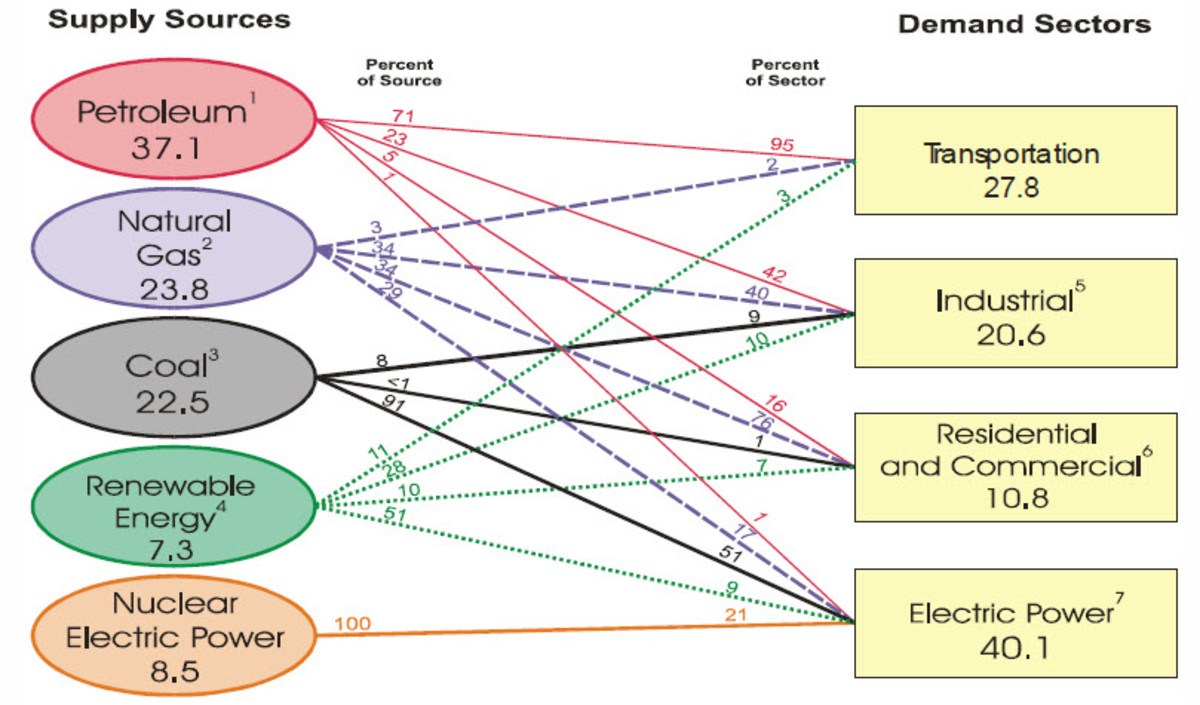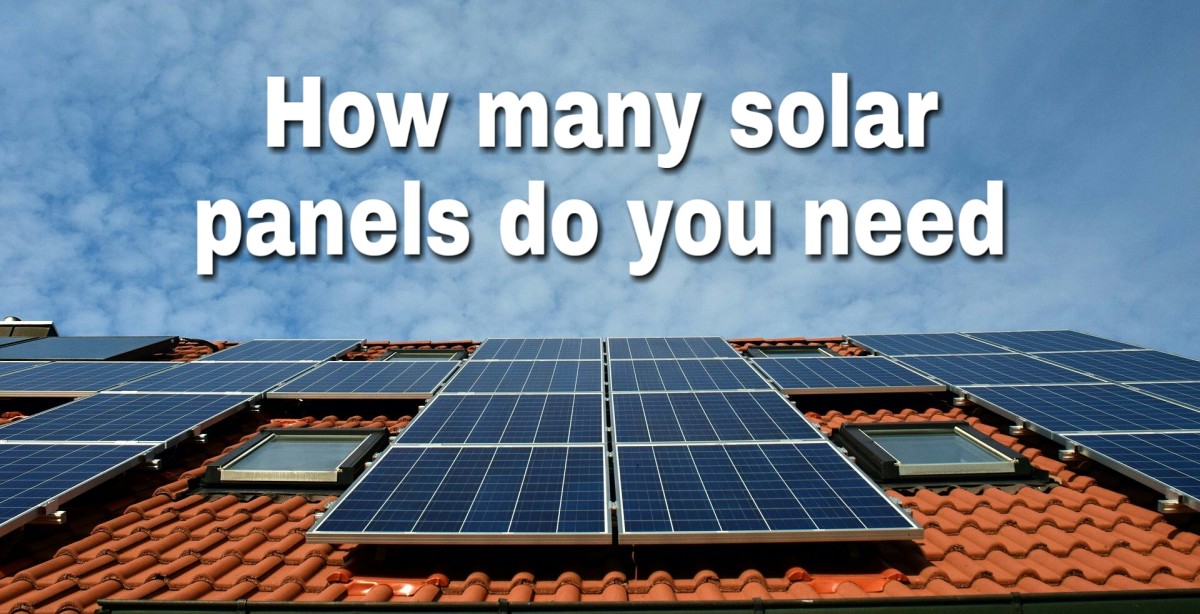Renewable Power Laws and Mandates
Smart Grids and Federal Law
In response to President Obama's Energy Independence and Security Act , the IEEE released its first smart grid standards in 2012. These standards built upon the technical framework recommended by the NIST.
This is in addition to the Energy Independence and Security Act (EISA) of 2007 that requires at least 30% of hot water in new federal buildings and renovations of existing buildings to come from solar hot water heaters. The EISA of 2007 also mandated reductions in fossil fuel uses in new federal buildings and renovated ones, with a 100% reduction in fossil fuel consumption of 100% relative to 2003 values.
These federal laws and mandates are coupled with state laws such as those in California with even more aggressive requirements for green energy generation and energy efficiency.

State Law and Renewable Power Mandates
In 2012, 29 states set mandates for their utility companies to shift their power mix to include more renewable power. Called renewable portfolio standards or RPS, these standards will punish utilities that fail to shift their power generation mix to include the mandated percentage or volume of renewable power by the predetermined deadline. For example, California has mandated that utilities get at least one third of their power from renewable sources by 2020. This is the highest renewable energy portfolio level in the country.
Arizona set a goal of one eighth of its power from renewable energy by 2025. Not all renewable power mandates are percentage based. Iowa has decreed that 105 Megawatts of renewable energy should be brought online. Smaller utilities and power co-ops, which don’t have the budgets of large power districts and utility companies, have lower RPS standards in Oregon, Colorado, North Carolina and New Mexico.
Renewable power mandates can also be a combination of minimum capacity and percentage of overall capacity. Michigan calls for at least 10% of its power to come from renewable sources with a minimum capacity of 1,100 Megawatts. Massachusetts wants at least 15% of new power generation by 2020 to come from renewable sources while it also requires 2 Gigawatts of wind power to come online.
Nine more states have renewable power generation goals that are non-binding and not legally enforced. Several power authorities have also adopted renewable portfolio standards. For example, Xcel Energy in Minnesota has decided to get at least 25% of its power from wind.
What Counts as Renewable Power Under These Mandates?
Renewable resources are those that are continuously available and not expected to run out. The definition of renewable power varies from state to state under RPS mandates. Biofuels like ethanol, biomass like wood and yard waste, landfill gas like methane captured from trash dumps, solar, wind and hydroelectric power considered renewable energy in all fifty states. Geothermal is classified as an eligible technology in most states.
Energy efficiency, efforts that improve energy efficiency of industrial facilities and homes, only counts toward RPS goals in a few states like Pennsylvania and Ohio. Wave and tidal power are recognized as renewable energy sources in 22 states.
Geothermal power, harnessing the heat of the earth to generate electricity, is recognized in most states but not Vermont, New York, Minnesota, Illinois, Indiana or Connecticut. Solar thermal electric, where solar power is used to heat water to high temperatures then sent through turbines to make electricity, counts toward RPS in most states.
Burning waste tires for electricity counts as renewable power in Nevada, Oregon and Rhode Island. Also called tire incineration, this power source is considered renewable by some proponents because it generates power from waste that would otherwise go into the landfill. Burning trash is also classified as a renewable power source in many jurisdictions.








